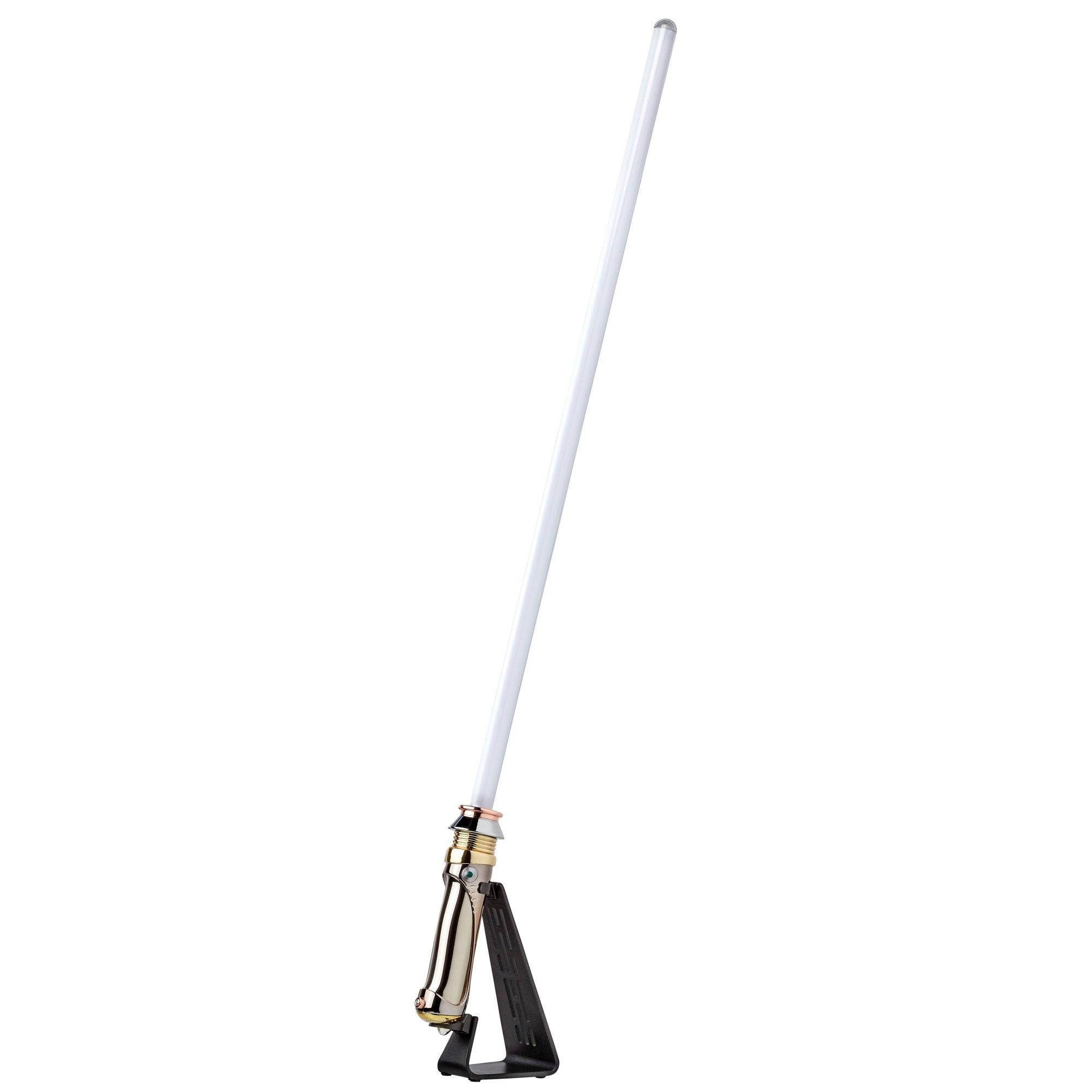Barbie Signature Queen Elizabeth II Platinum Jubilee Doll, Gift for Collectors
For the Adult Collector. Barbie celebrates the longest ruling monarch in British history, Her Majesty Queen Elizabeth II, as she celebrates a Platinum Jubilee marking 70 years of service.
-
Stitch Crashes Disney Jumbo Pin – The Little Mermaid – Limited Release
Rated 4.83 out of 506Stitch Crashes Disney Jumbo Pin – The Little Mermaid – Limited Release
Rated 4.83 out of 506 -
Backyard Discovery Oceanview Cedar Swing Set by Backyard Discovery
Rated 4.67 out of 503Backyard Discovery Oceanview Cedar Swing Set by Backyard Discovery
Rated 4.67 out of 503
Barbie celebrates the longest ruling monarch in British history, Her Majesty Queen Elizabeth II, whose extraordinary reign has seen her lead with an immeasurable devotion to duty and a life of service. Reaching 70 years of service, Queen Elizabeth II becomes the first British monarch to celebrate a Platinum Jubilee. Inspired by one of The Queen’s most iconic looks, this collectible Barbie doll is dressed in an elegant ivory gown and blue riband adorned with decorations of order. A stunning crown and matching accessories complete her regal ensemble. Featuring premium packaging that’s ideal for display, Queen Elizabeth II Barbie doll makes a great gift for collectors. Doll cannot stand alone. Colors and decorations may vary.
Barbie Signature Queen Elizabeth II Platinum Jubilee Doll, Gift for Collectors:
- Age Range: For the Adult Collector
- Barbie celebrates the longest ruling monarch in British history, Her Majesty Queen Elizabeth II, as she celebrates a Platinum Jubilee marking 70 years of service
- This collectible Barbie doll is sculpted to likeness and features a stunning ensemble inspired by one of the Queen’s most iconic looks
- Queen Elizabeth II Barbie doll is dressed in an elegant ivory gown and blue riband adorned with decorations of order
- A stunning crown and matching accessories complete her regal ensemble
- Featuring premium packaging that’s ideal for display, Queen Elizabeth II Barbie doll makes a great gift for collectors
Additional information
| Gender | Unisex |
|---|---|
| Assembled Product Dimensions (L x W x H) | 14.96 x 4.72 x 7.00 Inches |
Submit your review Cancel reply






Reviews
There are no reviews yet.